May 24, 2025 | 16:21 GMT +7
May 24, 2025 | 16:21 GMT +7
Hotline: 0913.378.918
May 24, 2025 | 16:21 GMT +7
Hotline: 0913.378.918
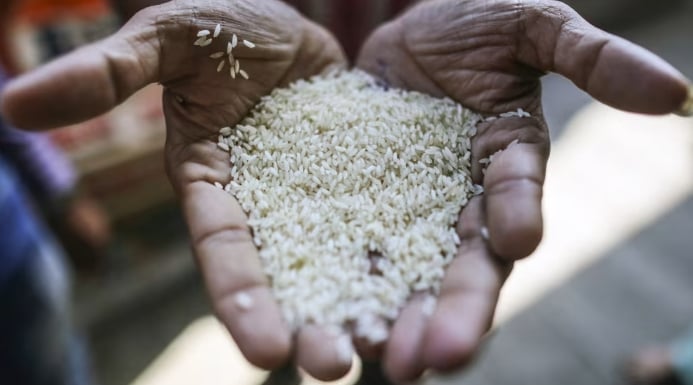
A worker holds rice at a warehouse in Mumbai, India. Photo: Dhiraj Singh/Bloomberg.
India has lifted its last restrictions on rice exports in a bid to double agricultural shipments by the end of the decade and boost economic growth.
India is the world’s largest rice exporter and this month’s decision to open up all rice for export has piled pressure on rival producers.
The price of a metric tonne of benchmark Thai white rice had fallen to $405 by last week, down from $669 in January 2024.
The decision comes as New Delhi seeks to increase agricultural and food exports to raise earnings and farmers’ income amid an economic slowdown in a country where the agriculture sector supports more than 42 per cent of the 1.4bn population.
India’s goal, according to commerce minister Piyush Goyal, was to ship $100bn worth of agricultural and food goods by 2030 — more than double the $48.15bn shipped in 2023-24.
“Last year we did about $50bn dollars in exports from India. But then, just like the stomach is hungry for more, the commerce ministry of any country is hungry for greater achievement. I do hope to see a three-digit mark, the $100bn mark,” he said earlier this year.
The government has also eased restrictions on sugar exports. India started cracking down on rice exports in 2022 amid fears of a shortfall as prices rose in the aftermath of Russia’s full-scale invasion of Ukraine.
Those restrictions triggered panic-buying in Asia and North America and sent the Asian benchmark rice price to its highest level since 2008. India began easing export restrictions in September. New Delhi, which exported 14mn tonnes of rice in 2023, is expected to export a record 21.5mn metric tonnes of rice between September 2024 and October 2025, according to S&P Global.
“In a market of about 54-55mn tonnes global, if India exports more than 20mn tonnes, it would be flooding the market,” said Ashok Gulati, an agricultural economist at the Indian Council for Research on International Economic Relations.
India’s return to the market has come at the expense of cash-strapped Pakistan, which had enjoyed a shortlived bump as its exporters captured part of India’s market share in places such as Indonesia and east Africa.
Ibrahim Shafiq, director for exports at Lahore-based Latif Rice Mills, said that prices for non-basmati rice from Pakistan fell to $650 per metric tonne from $850 “almost overnight” when India lifted its ban in September.
“As soon as India was back in the market, African and Indonesian markets reverted back to cheaply priced Indian rice,” he said, causing revenues to take “a hit compared to earlier years”.
The US Department of Agriculture estimates that Pakistan will export just 5.8mn tonnes of rice in the 12 months to May — an 11.4 per cent drop on the previous cycle. “Pakistan, Vietnam and Thailand, all of them captured some of the markets when India left that vacuum there.
Once India’s returned to the market, nobody really can compete with India,” said Samarendu Mohanty, a Bengaluru-based rice economist. “India will get this market back. This will drive everybody else out of the African market,” he added.
The surge in India exports will enable poor African countries to secure the grain at lower prices, as well as support east Asian animal feed and ethanol producers, analysts said.
Africa is typically a large market for broken rice — accounting for more than 80 per cent of India’s exports over 2018-2020, according to data from the International Food Policy Research Institute. In 2022, Indian rice accounted for more than 60 per cent of rice imports for 17 African countries and more than 80 per cent in nine, including Somalia.
“The lifting of the restrictions is more than welcome because we usually import huge amounts of rice from India,” said Ahmed Elmi Mohamed, a senior agricultural official in Mogadishu.
Financial Times

(VAN) Pepper prices on May 23, 2025, are unchanged in the domestic market, trading at VND 150,000 to VND 152,000/kg. Pepper prices increased only in Indonesia.
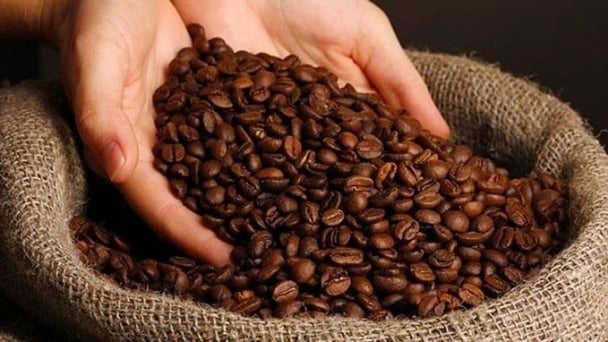
(VAN) Coffee prices on May 23, 2025, dropped by a further VND 2,500, trading at VND 122,500 – 123,200/kg. Global coffee prices also declined across the board.

(VAN) Coffee prices on May 22, 2025, slightly decreased by VND 500, trading at VND 125,000 – 125,700/kg. Global coffee prices showed mixed fluctuations.
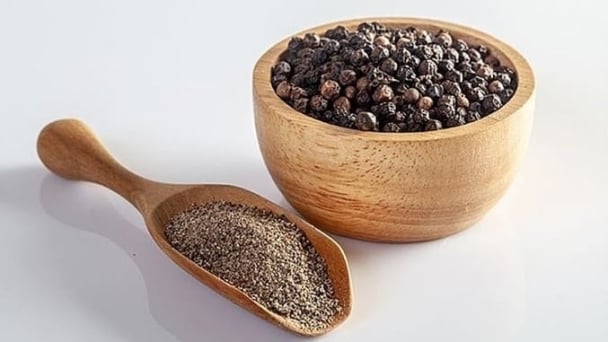
(VAN) Pepper prices on May 22, 2025, slightly decreased by VND 1,000, trading around VND 150,000 – 152,000/kg. Global pepper prices remained unchanged.

(VAN) Rubber prices on May 22, 2025 on the global market dropped significantly. Domestically, raw latex continues to be purchased at around VND 397 – 462/TSC.
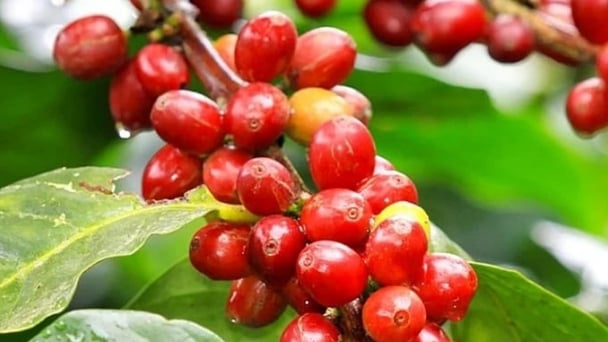
(VAN) Coffee prices on May 21, 2025, dropped sharply by VND 1,000, trading at VND 125,000 – 125,700/kg. Global coffee prices also reversed and declined.
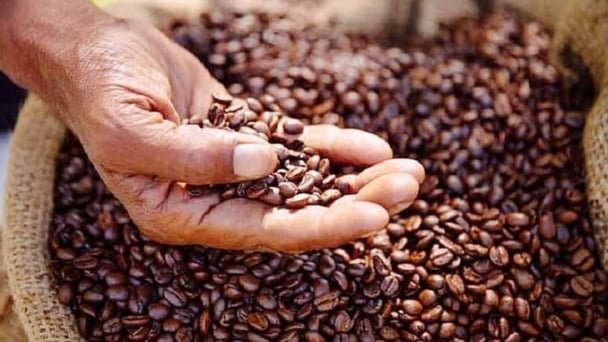
(VAN) Coffee prices on May 20, 2025, surged by VND 2,200, climbing to VND 126,000 – 126,700/kg. Meanwhile, global coffee prices also recorded a sharp increase.